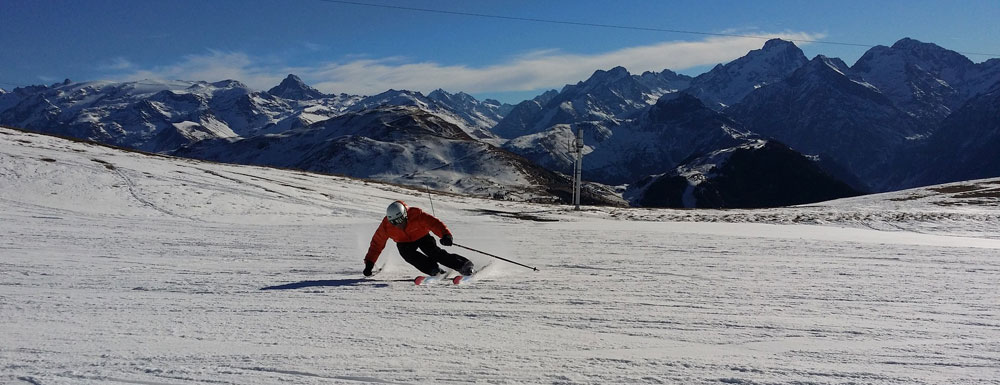With winter approaching, physios are getting ready for the influx of knee injuries from the slopes. Although knee pain from the kneecap is very common, the far more serious problem we often see is an ACL rupture, but this is worst case scenario.
ACL tears or ruptures are common, as are sprains and tears in other ligaments in the knee. The ACL is the ligament right inside the knee and it can get damaged from twisting injuries. Although obviously not all skiing injuries can be avoided, here are a few simple tips to best look after your knees whilst skiing.
What can I do before I go to the snow to prepare my legs?
Whether you’re skiing or boarding, you rely on your legs and buttocks the most.
We recommend:
- Training your legs for at least 6 weeks leading up to your skiing holiday
- Focus on gluteals, hammys and quads
- Pay special attention to single leg loading exercises
How can I decrease the risk of a knee injury while skiing or snowboarding?
Equipment
Binding setting – check with your ski technician these are set correctly for you and are functioning correctly. If you fall and your binding doesn’t release, it will increase your chances of twisting at the knee joint!
Warm Up
If you have the luxury of spending a long time on the slopes think about building up gradually to a full days skiing (especially if your body is just used to sitting all day). Also, think about rest days to reduce injury from muscle fatigue.
Skiing Technique
This is something you are probably going to need a ski instructor to help you with. Good form, or for beginners knowing how to stop and turn, will inevitably lead to reduced injury.
Remember to stick to your comfort zone. If you are worried about a knee injury, sticking to your comfort zone is most important because it means you will stay in control and reduce the risk of having an accident.
Safety First
Give way to downhill skiers and boarders and always be aware of your speed and who is around you!
If I get a sprain or injury at the snow what should I do?
Don’t panic. It could be something minor, however, if in doubt, or in pain, you are best to flag down ski patrol and get a lift down the mountain to avoid further injury. From there, we recommend a professional assessment.
Want to learn more?
We can help you prepare so you not only have a more comfortable holiday and ski like a champ, but importantly prevent injury where possible!


